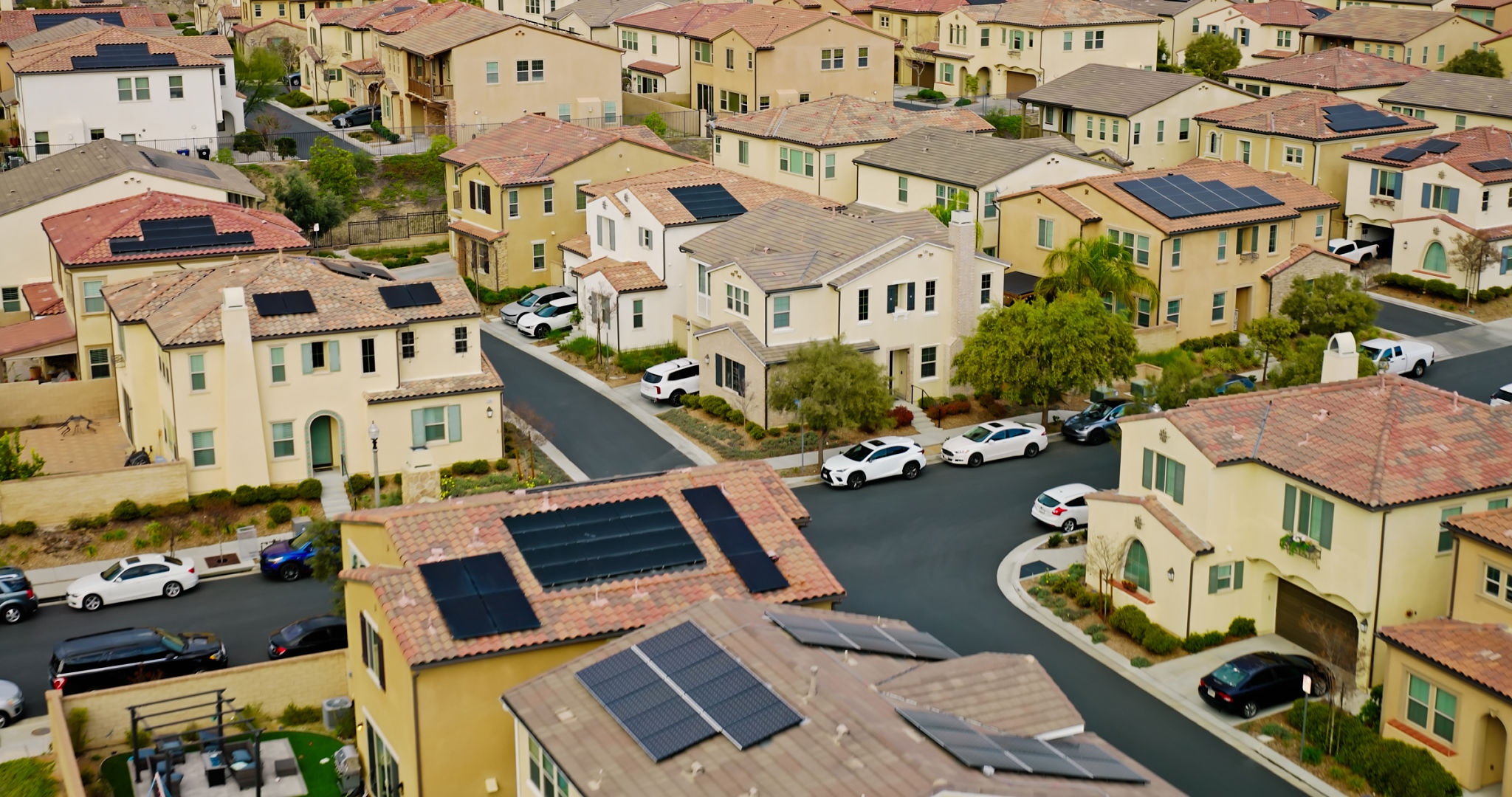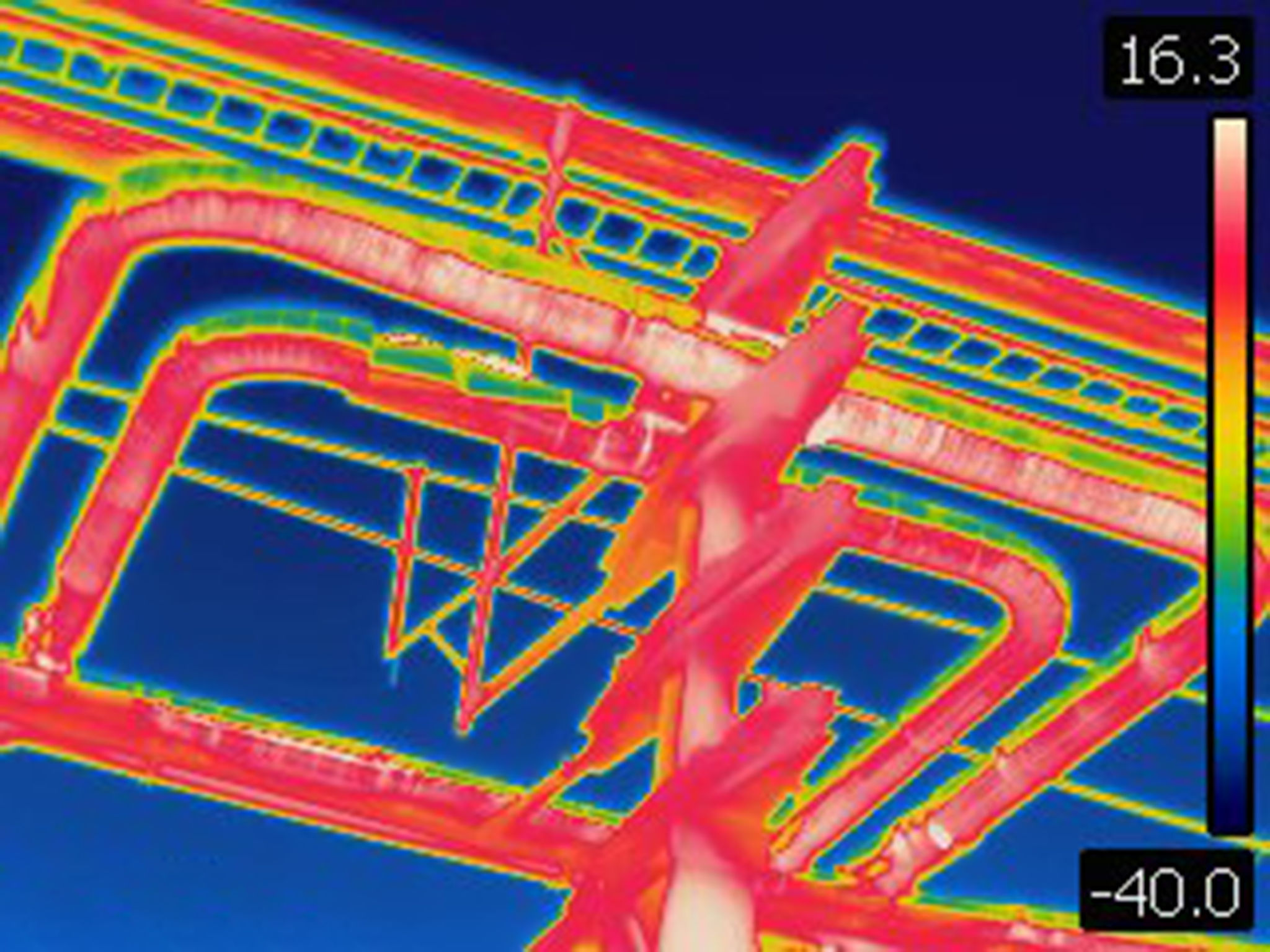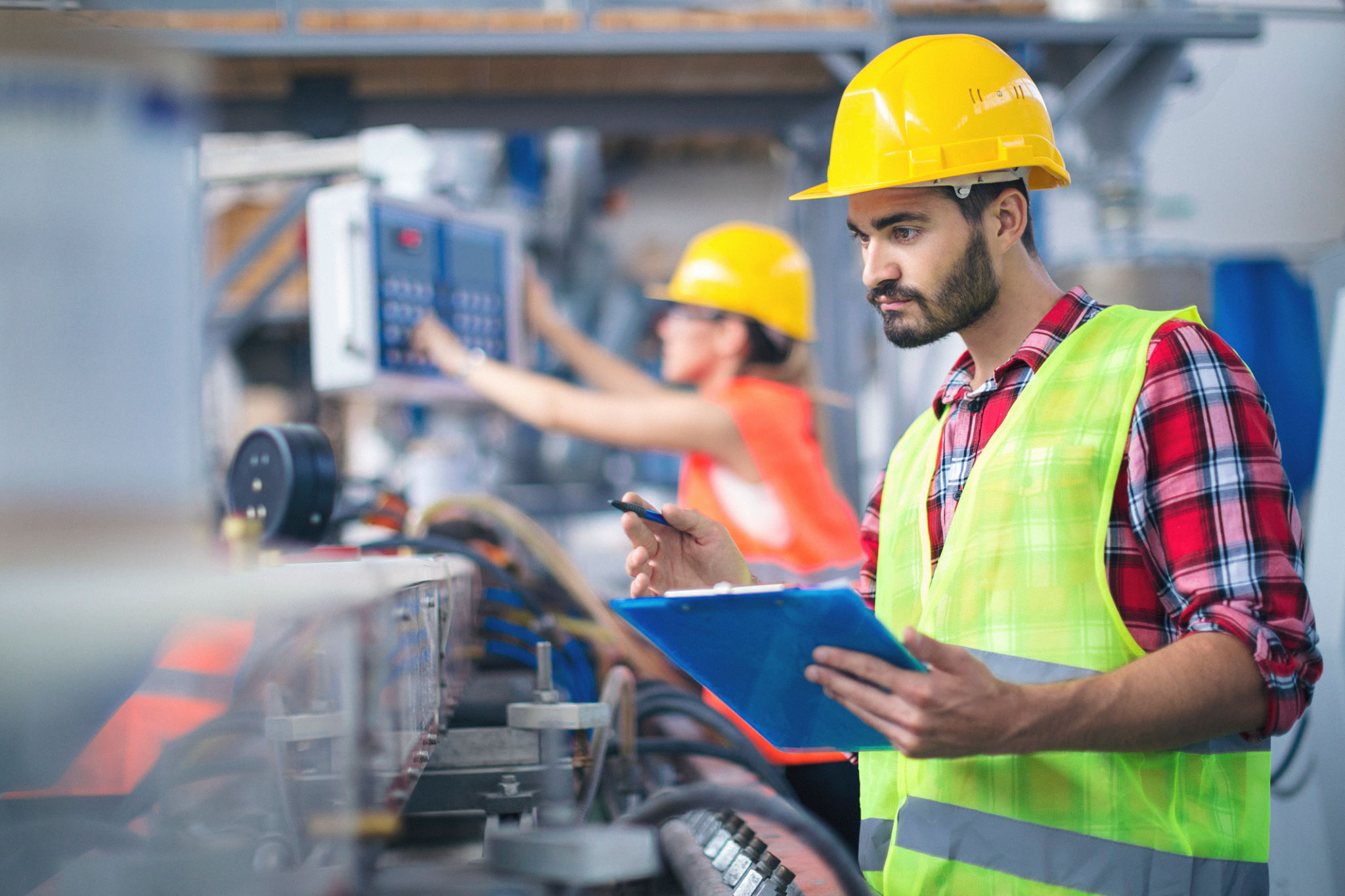How Real-Time Data Collection Drones Revolutionize Solar Panel Inspections
The Rise of Drones in Solar Panel Inspections
In recent years, drones have emerged as a groundbreaking technology for various industries, and the renewable energy sector is no exception. Solar panel inspections, traditionally a labor-intensive and time-consuming task, are now being revolutionized by the use of drones equipped with real-time data collection capabilities. This technological advancement is not only enhancing efficiency but also improving the accuracy and safety of inspections.

Efficiency and Speed in Data Collection
One of the most significant advantages of using drones for solar panel inspections is the unparalleled speed and efficiency they offer. Unlike manual inspections that can take days to complete, drones can cover vast areas in a fraction of the time. Equipped with high-resolution cameras and sensors, drones can quickly capture detailed images and data from each panel, enabling inspectors to identify issues almost instantaneously.
This rapid data collection process significantly reduces downtime and allows for quicker maintenance actions. As a result, solar farms can maintain optimal performance levels, ensuring that energy production is not compromised due to prolonged inspection periods.
Enhanced Accuracy with Advanced Technology
Real-time data collection drones utilize advanced technologies such as thermal imaging and artificial intelligence to detect faults and inefficiencies in solar panels. Thermal cameras can identify hot spots and anomalies that may indicate problems like microcracks or faulty connections. AI algorithms then analyze this data to provide accurate diagnostics, minimizing the risk of human error.

This level of precision ensures that maintenance teams can focus on areas that truly need attention, optimizing resource allocation and minimizing unnecessary repairs. Furthermore, the data collected by drones can be stored for future reference, enabling trend analysis and predictive maintenance strategies.
Improved Safety Standards
Traditional solar panel inspections require technicians to work at significant heights, posing inherent safety risks. Drones eliminate the need for personnel to climb onto rooftops or navigate uneven terrains, significantly reducing the chances of accidents. By keeping workers on the ground and out of harm's way, companies can adhere to stricter safety regulations while ensuring that inspections are conducted thoroughly.
This shift not only protects workers but also reduces the liability for companies, making drone inspections a safer and more cost-effective solution.

Cost-Effectiveness and ROI
Implementing drone technology for solar panel inspections can lead to substantial cost savings. While there is an initial investment in drone equipment and training, the long-term benefits outweigh these costs. The reduction in labor hours, coupled with decreased downtime and fewer safety incidents, contributes to a higher return on investment.
Additionally, drones can be deployed more frequently than traditional methods, allowing for more regular maintenance checks and prolonging the lifespan of solar panels. This proactive approach ensures that solar farms operate at peak efficiency, maximizing energy output and financial returns.
The Future of Solar Panel Inspections
The integration of real-time data collection drones in solar panel inspections is just the beginning. As technology continues to advance, we can expect even more sophisticated tools to enhance these processes. Innovations such as machine learning algorithms and autonomous drone operations are on the horizon, promising further improvements in efficiency and accuracy.
As the demand for renewable energy grows, so too does the need for efficient maintenance solutions. Drones are poised to play a pivotal role in meeting these demands, ensuring that solar energy remains a sustainable and reliable power source for our future.
